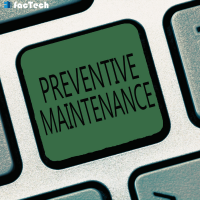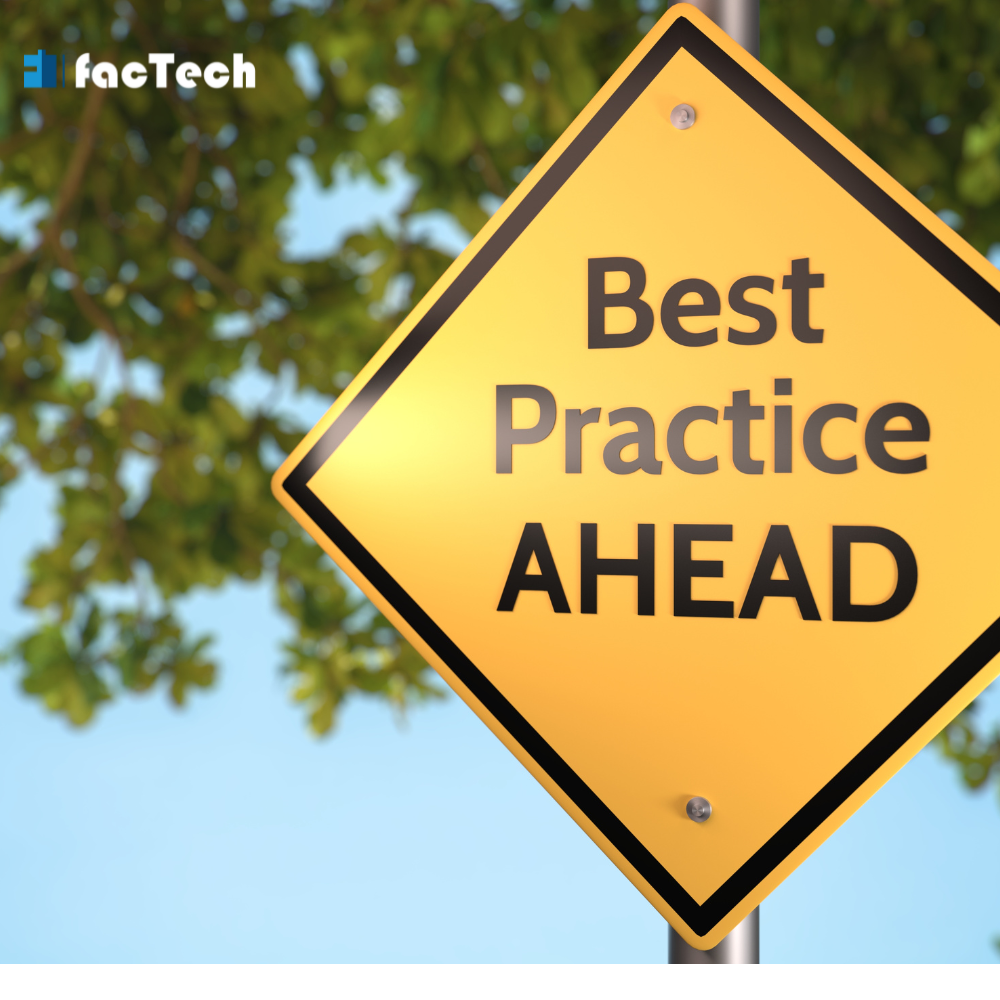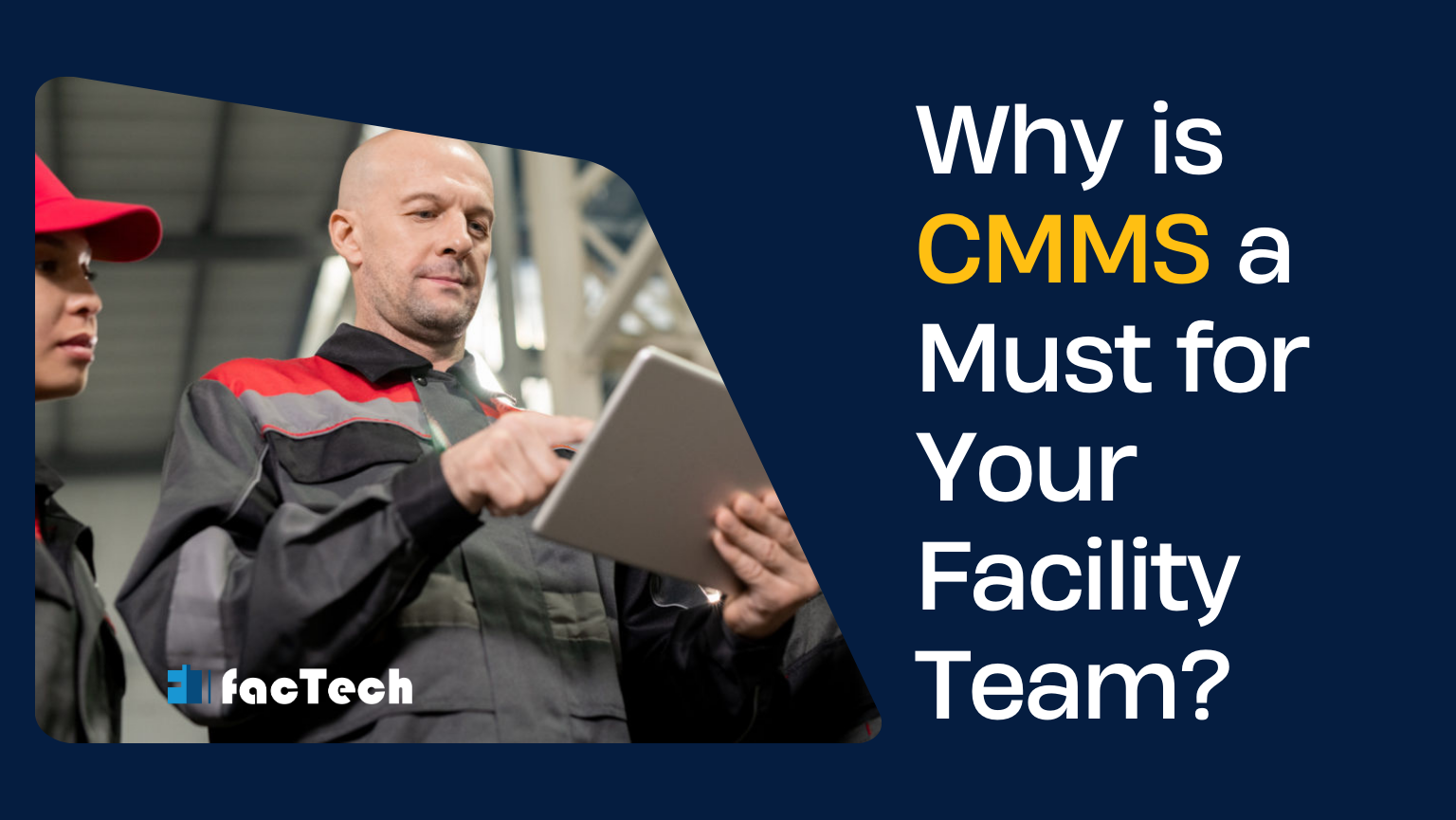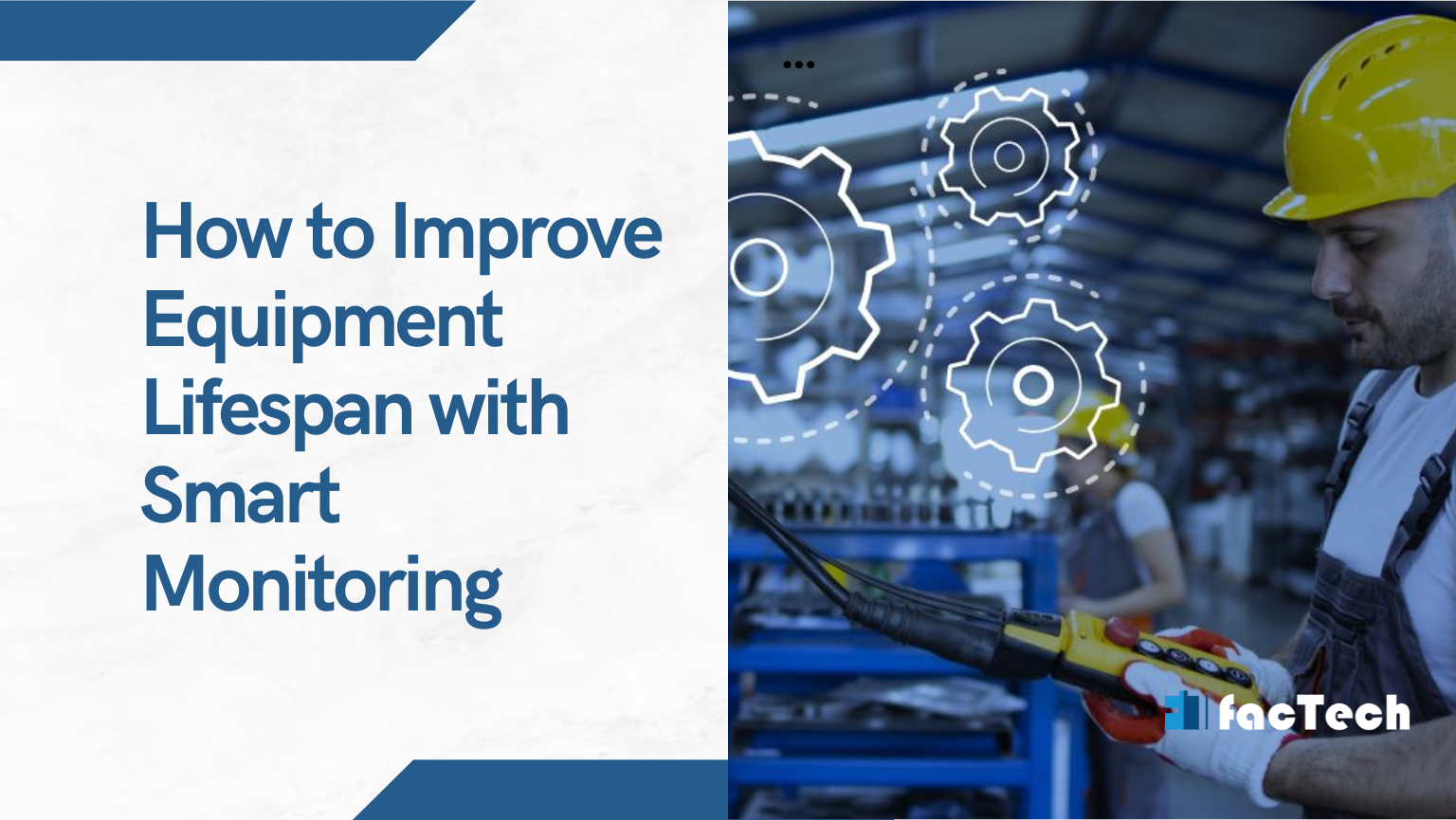7 Best Practices for Preventive Maintenance in 2024
Preventive maintenance is the process of routine equipment maintenance to steer clear of any unanticipated breakdowns and downtime. Plainspokenly, you have to fix a problem before it occurs. Does this sound like a devil of a job? Well, not with the best practices given below. In this blog, we’ll run you through the top 7 preventive maintenance best practices to navigate the PM duties easily. Let’s get started!
What is Preventive Maintenance Software?
Did you know that almost 80% of manufacturing plants have enabled preventive maintenance? The use of preventive care is on the high tide. Many companies are adopting preventive maintenance software to optimize maintenance schedules and tasks. The software creates work schedules and automates maintenance history tracking. You can now conduct inspections and service the assets as per the defined time intervals and triggers. The scope of preventive maintenance is vast. You can procure your inventory goods on time through continuous monitoring of the existing stock. Furthermore, the inbuilt features of research and analytics enable you to generate performance reports and make informed decisions. In essence, preventive maintenance software can be a game-changer at your facility boosting productivity, safety and reliability of your plant.
In the next few sections, we’ll catch a quick glimpse of preventive maintenance best practices.
What are Preventive Maintenance Best Practices?
#1 Monitor Religiously with CMMS
CMMS (Computerized Maintenance Management System) helps you plan and manage the entire preventive maintenance process. It enables you to set up automatic reminders for maintenance tasks based on equipment usage, OEM guidelines etc. CMMS keeps track of all the previously done repairs and performance data. This historical data is instrumental in spotting anomalies and predicting potential dangers. Moreover, you can even track the availability of spare parts and ensure that the maintenance materials are always in stock. Therefore, monitoring the assets diligently with CMMS enhances cost control and operational efficiency. Now, on to the next best practice.
#2 Train Your Staff on Preventive Maintenance

We would suggest training your staff on preventive maintenance. Equip them with the required knowledge and skills to carry out the maintenance diligently and safely. With a well-trained team, you can achieve precision and enhance the equipment performance. Educate them about the safety protocols and OEM guidelines. Make it a ritual to document each and every step of the maintenance activity.
#3 Conduct Regular Inspections

The next best practice is to conduct regular inspections at the site. You must ensure that the physical condition and functionalities as well as the safety aspects of the equipment are intact. Check for any wear and tear, leaks or damages. Furthermore, ensure that there aren’t any unusual vibrations or decreases in performance. Is this enough? Well, you must also assess the environs of the equipment to account for factors like temperature, humidity etc. to estimate the damage caused by the unfavourable ambience. There’s yet another dimension to it- the documentation. Audit the maintenance logs to check for any inadequacies. Moreover, verify all the service manuals and feedback records of the equipment users/operators.
#4 Ensure Clear Asset Tagging
Asset tagging is the cornerstone of preventive maintenance. In simple words, it’s the process of labelling the equipment with a unique ID. This ID helps you access the equipment data on CMMS and schedule its maintenance. Tagging enables hassle-free asset tracking mitigating the risk of lost or misplaced equipment. However, you must ensure that the tags are intact and carry out retagging as and when required (in case it’s worn out). Documentation becomes a breeze with this system.
#5 Follow OEM Guidelines for Preventive Maintenance

OEM (Original Equipment Manufacturer) guidelines detail the specific maintenance procedures that you must abide by for optimal equipment performance. It is often a pre-requisite for claiming warranties on the assets. These recommendations often include lubrication schedules, inspection checklists, and troubleshooting procedures. Furthermore, you’ll get the specifics on safety protocols as well to ensure accident-free maintenance.
#6 Develop Detailed Preventive Maintenance Plans
You hire experts to craft preventive maintenance plans meticulously. First, define the asset/equipment for which you’re developing the plan. Make sure to outline all the physical, technical and functional aspects of the equipment. Next, outline all the maintenance tasks like lubrication, cleaning, inspections etc. for the asset. It would be better if you could include all the steps along with the tasks. The third step is to design the work order. Clearly define the roles and responsibilities of your team members. Furthermore, you must also attach the safety protocols with the preventive maintenance plan. Last but not least, include a contingency plan to address any unanticipated issues. This plan will entail the measures taken and responses of the teams in case of emergencies.
#7 Track Progress and Improve Continuously

Finally, tracking your long-term progress and improving continuously is essential for effective preventive maintenance. You have to regularly monitor the maintenance programs, team productivity, equipment performance etc. Establish KPIs like MTBF (mean time between failures), maintenance costs, MTTR (mean time to repair), OEE (overtime equipment effectiveness), and PPC (planned maintenance percentage) among others. These metrics aid in gauging the preventive maintenance programs’ overall health. What else can you do? Well, ensure timely feedback from the technicians and equipment operators. They’ll give you real-time insight into the equipment’s functionality and safety. The detailed maintenance plan that we just talked about should be reviewed diligently at regular intervals. You must keep abreast with the industry trends and best practices to modify the plan accordingly.
Final Words
To sum up, we have discussed the top 7 preventive maintenance best practices in this blog. From implementing a CMMS to analyzing long-term progress, these best practices help you maintain your building swiftly and keep costly repairs at arm’s length. With the rapid advancement of technology, you can even consider integrating machine learning (ML) protocols with CMMS to further bolster preventive maintenance programs. If you have any queries, feel free to drop a comment.










